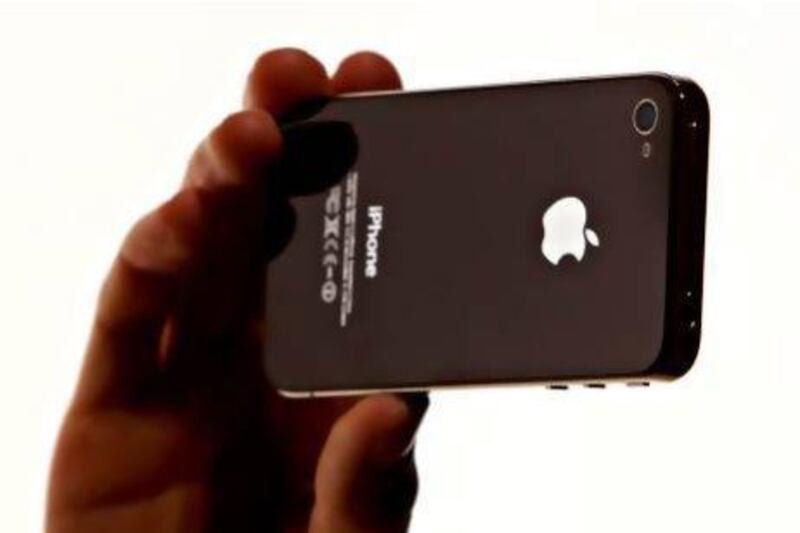Bauuer’s Harlem Shake – a repetitive piece of dance music sent stratospheric by a goofy 30-second viral video – just spent its fourth consecutive week at No 1 on the Billboard Hot 100 and its reign has marked a new era in pop music.
Billboard changed its rules the week of Harlem Shake's release, so that "user-generated clips that utilise authorised audio" count towards a song's rankings, sending Bauuer's track instantly to the top spot. Although Billboard's editorial director Bill Werde announced recently that the formula is, "generally speaking", fairly evenly split between sales, airplay and streaming, commenters have pointed out that adding crowdsourced virals skews the chart in a way that privileges certain types of music – novelty pop, notably – over others.
If 2012 was the year the video-driven pop hit broke, with Psy and Carly Rae Jepson coming from nowhere to become global stars, 2013 will doubtless be the year it goes mainstream, with music-industry marketeers scheming a way to create gimmicky videos for established acts so irresistibly dorky that the rest of us can’t help but watch a dozen times, and then get together with friends to tape our own version.
Only time will tell whether the advent of the ultra-corporate viral video will spell the death of these clips as a fun, whimsical democratic format.
Autumn 1996 – Dancing Baby is the internet's first viral video meme
A 3-D animation of a dancing baby goes viral via email and winds up a few years later on Ally McBeal and The Simpsons. A dance group called Trubble make the Top 40 in the UK with Dancing Baby (Ooga-Chaka).
November 2005 – YouTube makes video sharing mainstream
Three PayPal employees set up the company, start beta-testing in May and launch that winter. A year later, it is bought by Google for US$1.65bn (Dh6bn) in shares.
January 2007 – Justin Bieber is YouTube's first star
A 12-year-old Bieber sings a Ne-Yo jam at a talent show; his mother records it and uploads the video to YouTube. On the strength of this and other clips, Usher signs the singer to his label. By 2010, Bieber's Baby is the most-watched video on YouTube.
June 2009 – Video phones popularise user-generated clips
Apple releases the iPhone 3GS, its first phone capable of capturing video as standard. User-generated videos spike; six months later, YouTube reaches a billion page
views per day.
March 2011 – Rebecca Black parodies colonise the web
Black’s vanity music video, Friday, goes viral after being called “the worst video ever made”. What was originally called “cyber-bullying” works out in Black’s favour: she was covered by Katy Perry, Justin Bieber and the cast of Glee and is reported to be working on a debut album.
September 2011 – Bieber clip makes Carly Rae Jepson a star
The Canadian Idol runner-up first releases Call Me Maybe back in 2011, but it’s not until February 2012, when Justin Bieber makes a fun, low-spec YouTube video of himself singing along to the song with a group of friends, that the song takes off. It becomes 2012’s best-selling single worldwide.
July 2012 – Gangnam Style smashes records
Psy’s satirical pop hit overtakes Bieber’s Baby as the most-watched YouTube video ever and has a billion views by the end of the year. Notable spoofs include Eton Style, by boarding-school students, and Johnson Style, by Nasa astronauts.
February 2013 – Five Aussie teens reshape the pop industry
An obscure dance song called Harlem Shake is used as the backing for a short, silly video by a group of Queensland teenagers. It becomes the first truly grassroots viral hit and the song goes to No 1 in the US after Billboard changes its rules. Versions are uploaded to YouTube by everyone from the daytime TV show Today to Pepsi.
March 2013 – Corporations take the reigns
The ad agency behind “Just Do It” makes its own quirky video of a moonwalking pony to promote a European mobile-phone network. It racks up 5 million hits and the song that accompanies it, Fleetwood Mac’s Everywhere, returns to the UK singles chart for the first time in 26 years. Expect this pattern – big corporations making weird, homemade-looking videos, both for pop acts and other clients – to run and run.
Follow us on Facebook for discussions, entertainment, reviews, wellness and news.
Follow us
[ @LifeNationalUAE ]





